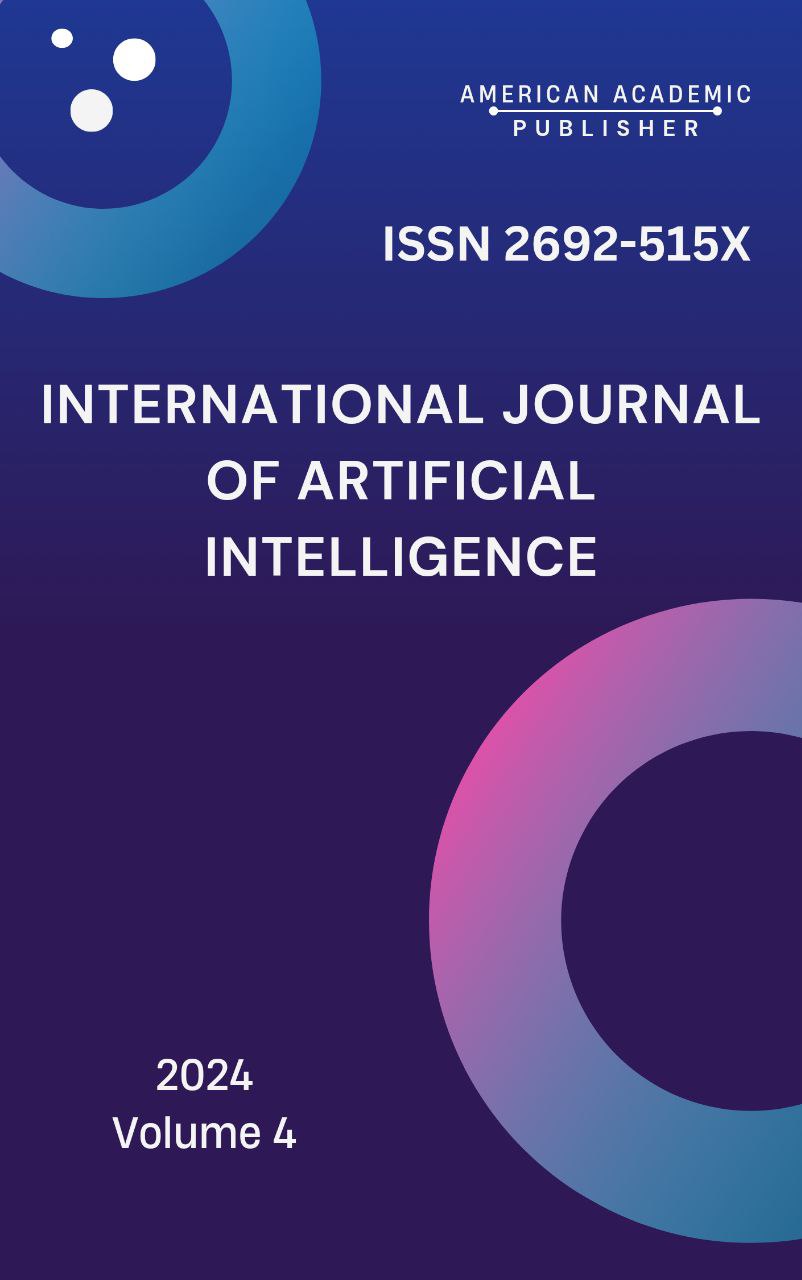 Articles
| Open Access |
Articles
| Open Access | LOCALIZATION VS TRANSLATION: THE ROLE OF WEB 2.0 TECHNOLOGIES IN ADAPTING CONTENT IN WRITTEN TRANSLATION
Saidova Gulyora Abduhakimovna ,Erkaboyeva Kamola Yangiboyevna , Uzbekistan State University of World Languages, Faculty of translation Senior Lecturer, Department of English translation theory,Uzbekistan State University of World Languages, Faculty of translation Translation theory and practice (English) course 4th year studentAbstract
The increasing globalization of digital content has brought new challenges and opportunities to the field of written translation. In this context, localization has emerged as a critical process that goes beyond direct translation to adapt content for specific cultural, linguistic, and regional contexts. This paper explores the role of Web 2.0 technologies in bridging the gap between localization and translation. By analyzing the tools and platforms offered by Web 2.0—such as collaborative translation platforms, content management systems, and social media analytics—this study demonstrates how these technologies enhance the effectiveness of content adaptation. The article also discusses the evolving responsibilities of translators in the Web 2.0 era, emphasizing the need for cultural sensitivity and technological proficiency. Ultimately, this research highlights how Web 2.0 technologies are reshaping the landscape of written translation and localization, making content more accessible and impactful for diverse global audiences.
Keywords
Localization, Translation, Web 2.0 technologies, Content adaptation, Cultural sensitivity, Digital globalization, Collaborative translation platforms, Content management systems, Social media analytics, Written translation, Technological proficiency, Cross-cultural communication, Global audience, Multilingual content, Digital transformation.
References
Esselink, B. (2000). A Practical Guide to Localization. Amsterdam: John Benjamins Publishing Company.
Pym, A. (2010). Exploring Translation Theories. London: Routledge.
O'Hagan, M., & Ashworth, D. (2002). Translation-Mediated Communication in a Digital World: Facing the Challenges of Globalization and Localization. Multilingual Matters.
Shreve, G. M., & Angelone, E. (2010). Translation and Localization Strategies for the Internet. Springer.
Jääskeläinen, R. (2009). Translation Technology and Localization. In Handbook of Translation Studies (Vol. 1). Amsterdam: John Benjamins Publishing Company.
Article Statistics
Downloads
Copyright License

This work is licensed under a Creative Commons Attribution 4.0 International License.

